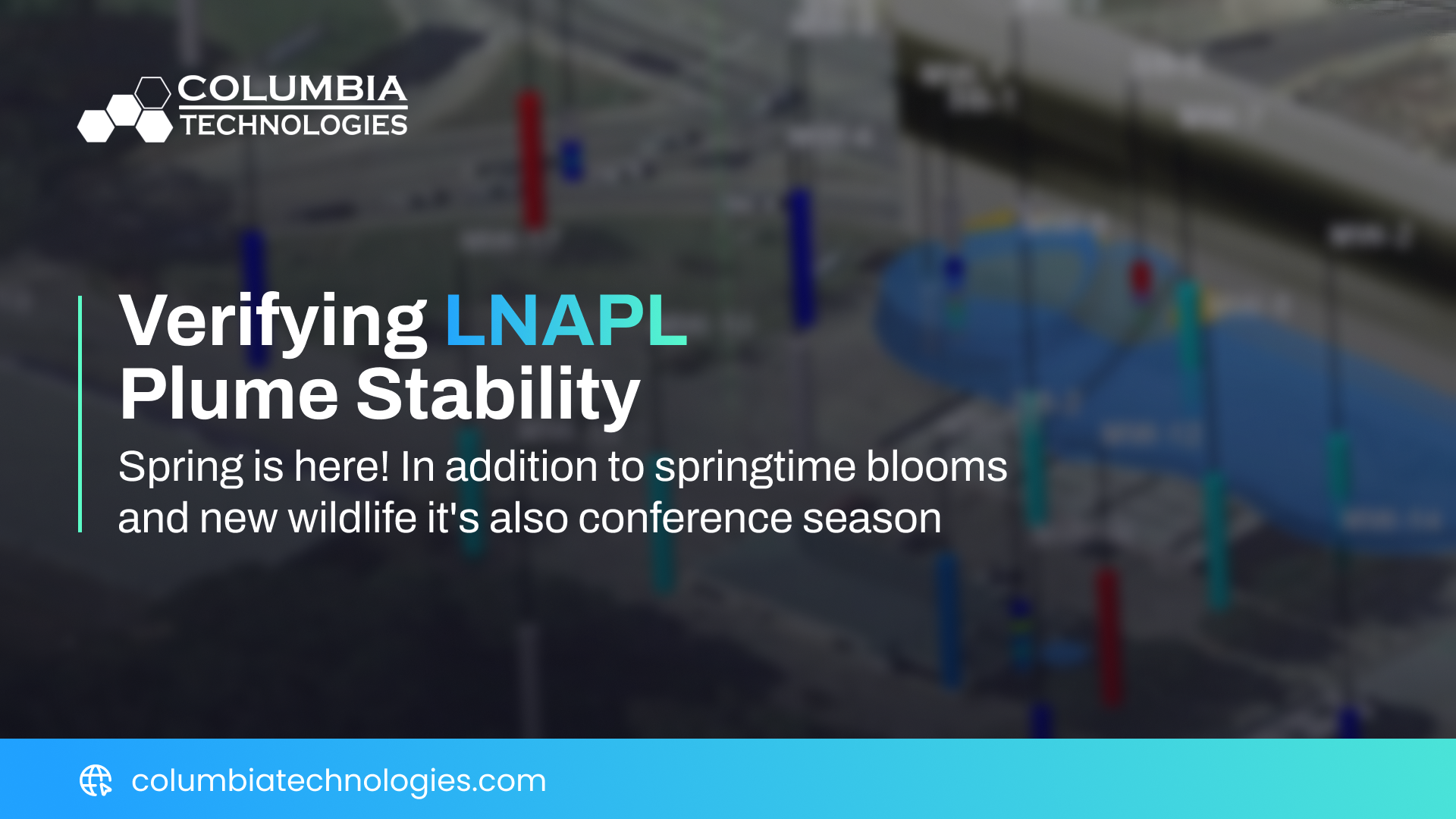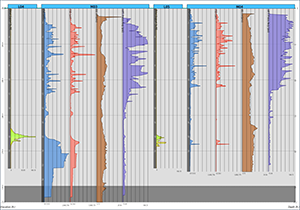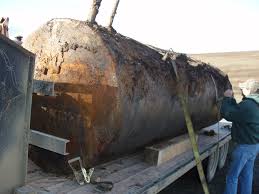Verifying LNAPL Plume Stability
Spring is here! In addition to springtime blooms and new wildlife it's also conference season. It's...

Spring is here! In addition to springtime blooms and new wildlife it's also conference season. It's...

So, you’ve decided that a high-resolution 3D assessment of your site would help clear up the...

The EPA's Office of Underground Storage Tanks (OUST) reports the number of cases of Leaking...
Spring is here! In addition to springtime blooms and new wildlife it's also conference season. It's always a pleasure to hear industry leaders advancing our our level of understanding of the complex biosphere tainted with man-made contamination. This past month I had the pleasure of attending the Fifth International Symposium on Bioremediation and Sustainable Environmental Technologies close to home in Baltimore 2019. Dr. John Cherry's presentation on what we know compared to what don't know through ignorance was a real eye-opener! The symposium was also highlighted with an awesome panel speaking on Contaminant Geology.
Last week I had the opportunity to speak at the Alabama Conference on USTs on the lessons learned through high-resolution investigations, and in particular the value of high-resolution soil sampling to isolate the residual LNAPL mass on our more complex and difficult sites. Several others emphasized the importance of improved characterization before implementation of expensive and most likely financially unsustainable remediation systems.
ITRC guidance document LNAPL-3: LNAPL Site Management: LCSM Evolution, Decision Process, and Remedial Technologies refers to several lines of evidence to verify LNAPL plume stability. Accurately mapping the residual LNAPL and verifying stability are the first steps in building an effective LNAPL conceptual site model. We were assured by ADEM staff that they hear this message and are supportive of better characterization focused on identifying any residual LNAPL and verifying the LNAPL body is stable.
At COLUMBIA, our team takes pride in providing industry leading data reports to conduct a remedial optimization study to characterize the problem and identify cost saving alternatives through:
Try our Interactive Project Pricing Calculator!
We'll roll up our sleeves and work alongside you better understand those persistent and complex LNAPL sites.
Tags: COLUMBIA Technologies, High Resolution Site Characterization (HRSC), News, SmartData Solutions®, Brazil, ITRC, UST, UST Cleanup Funds, Africa, NTC2018
So, you’ve decided that a high-resolution 3D assessment of your site would help clear up the uncertainty in where any residual product is hiding and what its spatial relationship is to the soil permeability and the installed monitoring and recovery wells. How do you get started?
Multiple organizations including U.S. EPA (www.epa.gov/ust), ASTM International (astm.org), the Interstate Training and Regulatory Council (ITRC.org), the American Petroleum Institute (API.org), the Australian Cooperative Research Centre for Contamination Assessment and Remediation of the Environment (CRCCare.com), and the individual state jurisdictions all have published guidelines for undertaking a systematic assessment of petroleum contaminated sites.
Turns out, you probably have a lot of important information readily available to get started. Your key to success going forward will be both a systematic review of where your current LCSM stands to identify data gaps and uncertainties followed by a systematic data collection effort to close those data gaps with multiple lines of evidence.
Tags: High Resolution Site Characterization (HRSC), LNAPL, ITRC, UST, UST Cleanup Funds
The EPA's Office of Underground Storage Tanks (OUST) reports the number of cases of Leaking Underground Storage Tanks remaining unresolved exceeds 70,000 across the U.S. The EPA data also indicates the average cost of cleanup as US$130,000. As with any data, it's important to look at the distribution of data, not just averages. A vivid (maybe too vivid) example of this “flaw of statistics” is the fact that the average age of diaper wearer is somewhere near middle age, let’s say 45 years old. Drilling down into the data available from individual state UST cleanup funds, we find many examples of cleanup costs exceeding US$1.0M, sometimes with no end in sight. We can reasonably infer from the OUST data that the less complex sites have been resolved at a lower cost of cleanup, leaving the more complex sites yet to be addressed. This begs the question – WHY?
Tags: High Resolution Site Characterization (HRSC), LNAPL, ITRC, UST, UST Cleanup Funds
© COLUMBIA Technologies, LLC. All Rights Reserved.
HQ 1 Research Court Suite 450-402
Rockville, Maryland USA 20850-6252
Tel +1-888-344-2704 |
Email: info@columbiatechnologies.com
Privacy and Legal | Terms of Service